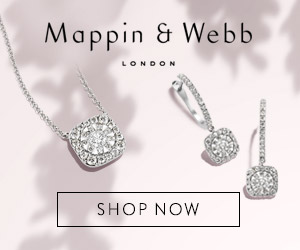Complete your bridal look with a veil
Most brides still opt to wear a veil on their wedding day – even if they are not having a church ceremony. Wedding dresses come in so many styles and colours. Recent trends for red carpet inspired gowns often don’t make it clear the wearer is the bride especially if all the women are in full-length dresses. Add a veil and instantly the look is complete and the bride centre stage…
When Amy came to see me to have her wedding dress made, she didn’t think she wanted a veil.
I designed her an elaborate blush and ivory appliquéd dress and overskirt for her Barcelona celebrity style wedding.
But as the fittings progressed she realised that as special as she felt in her dress she didn’t quite feel like a bride. So I made her a long cathedral length veil appliquéd with flowers and lace to match her dress.
The veil added movement and created some stunning photos. At present, I am in the final stages of completing Whitney’s stunning wedding dress and she is contemplating veil or no veil – it will be interesting to see what she decides.
There are so many different types of veil and having worked in bridal wear for over 20 years sometimes I forget it is all new to each bride so when I suggest, for example, a cathedral veil they look at me puzzled.
Image by Stacey Fabre Photography. Hair and makeup by Gaby Lindie
So here is a short explanation of the language of veils. I hope it helps when you are confronted with yet another wedding decision to make:
Two tier veil – includes a short layer (called a blusher) to cover the face. This layer is raised either before the vows – think Harry and Megan – or later in the ceremony for the first kiss.
Mantilla or Spanish veil – a single tier with no gathers that is attached to the top of the head.
Bandeau veil – a vintage look veil that is attached to each side of the hair.
Juliet veil – a material cap holds the veil in place. These date back to 16th century England and work well for a boho bridal look.
Cathedral veil – is usually at least 3 meters long and trails beautifully.
Church or Chapel veil – trail on the ground but are a little shorter as traditionally a church wedding would call for less drama than a ceremony in a cathedral.
Ballet veil – falls mid calf and can be worn with a ballet or full length dress.
Fingertip veil – covers the bride’s arms to her fingertips.
Elbow veil – a short veil falling to the elbow.
Veils are normally white, ivory, cream or nude but there are no rules. However, if you are going to have a two-tier with the shorter layer over your face, keep it a light shade so that your groom can see your face as you stand beside him. Veils are normally made from silk or man-made tulle.
A man-made tulle has more body and will stand away from your face, whereas a silk tulle is a lot softer. Finally, there is the edging of your veil: a cut edge keeps it soft and simple; lace around the edge will frame the face, or you could have a pencil rolled hem. I often decorate my brides’ veils with cut lace, appliqué, beading and handmade flowers to a train this adds another dimension to the dress.
Your wedding designer or bridal boutique will advise you as to which type of veil will work best. But if you are still confused, I am happy to give you advice even if you already have your wedding dress.
Please do email info@elizabethbessant.co.uk or call me on 07812081588.










Leave A Comment